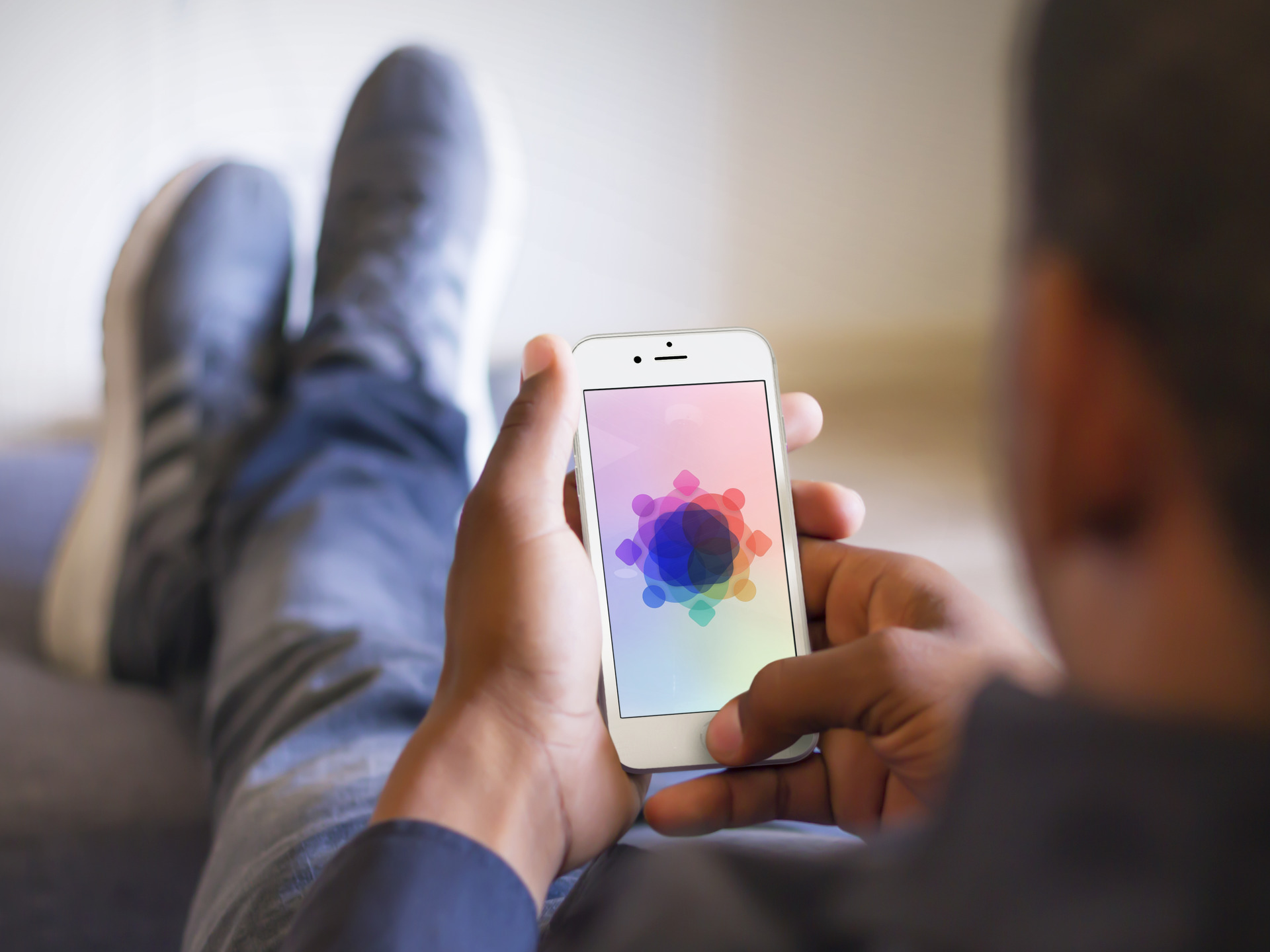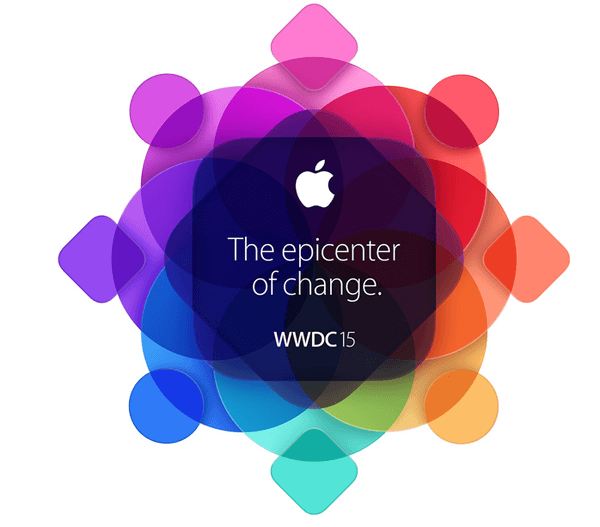

And I'm going to add it by just dragging it out onto my Canvas. I'm going to add another piece of text under this one to show more detail about each room. Now our app is going to show a list of conference rooms, so let's make the cell for our list. And later on, we'll see how that gives us a lot of power to customize our previews. But one of my favorite things about previews is that they're also created using SwiftUI code.
#Wwdc 2015 videos code
Xcode shows these previews by compiling our real code and running it to generate a result. And it even helps us edit and learn about that code. The Canvas shows us previews of our view code. So let me tell you a little more about how it works. And if you change something in the code, then that change is reflected in the Canvas as well. So if we select something in the Canvas, then that selection is reflected in the code as well. Now your view definition is always Swift's code and you can always choose to edit the code directly or to use the visual editor. And if you choose one and change your mind later, then you have to start all over again. With Storyboards, you need to choose between the benefits of using a visual editor, or the benefits of creating your UI in code. Some code on one side and a visual Canvas on the other, right? Well, there's a very important difference. And if you're familiar with Interface Builder or Storyboards, you may think that there's nothing new here. Now Xcode has started us off with a view, with the view that we can use to start building our UI. I'll start by creating a new project.Īnd I'll make sure that Use SwiftUI is checked. So we've been making a list of all of the best conference rooms we can find and we want to make an app for it. But Kyle and I have found something that makes meetings more bearable, and that's having them in amazing, fancy conference rooms.

Anybody here hate meetings? Yeah? Well, so do we. So what kind of an app are we going to make? Well, let me set the stage for you. Using SwiftUI feels like magic, but to make it clear that I don't have anything up my sleeves, I want to go through the entire process of creating an app in SwiftUI starting from scratch. We think the best way to learn about Swift UI is to see it in action by building an app. We're so excited to show you SwiftUI, a revolutionary new way to build better apps faster. I'm Jacob Xiao and I'll be joined later by Kyle Macomber. These features will find their way into games after developers have a chance to try out Swift 2 later this year.Įpic Games has not yet announced an official release date for Fortnite, but the game is currently expected sometime in 2015.īe sure to follow T-Lounge on Twitter and visit our Facebook page.Hi, everyone. One of them, "GameplayKit," will let Devs now much more easily map real-world behavior onto nonplayer characters, for example, or randomize gameplay. They include Aspyr, Blizzard, 2K, Unity and others.Īdditionally, Apple introduced some new game-related technologies to its Swift operating system that will make it easier for developers to incorporate frequently used features into their games.

A graphic displayed on stage showed that multiple other game developers are using Macs enabled with Metal technology to build their games. It's unknown what platforms Epic is planning to release Fortnite on, though it working so well with Metal indicates that it could easily appear on Apple devices. The thrust of the presentation was that Metal is enabling Epic to build Fortnite faster and more interactively than has ever been possible before, with faster, richer graphics performance even in the developer environment. For WWDC, Epic demoed behind-the-scenes content from its upcoming free-to-play title Fortnite. Epic has a long history of working closely with Apple, having frequently shown off iOS games like Infinity Blade at Apple publicity events. During the WWDC keynote, a representative from Epic Games appeared to show how Metal is helping with the creation of the developer's next game.


 0 kommentar(er)
0 kommentar(er)
